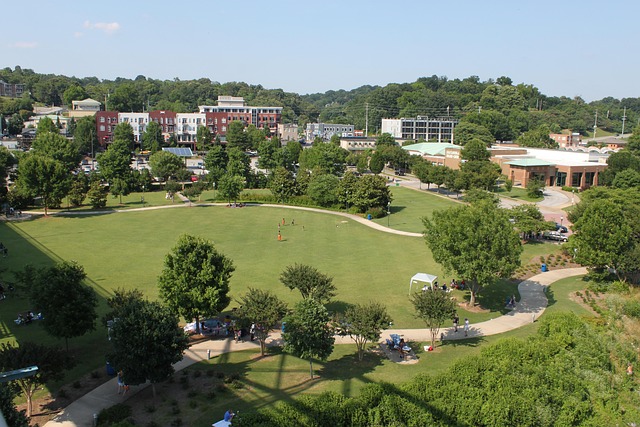The Casa Grande Ruins National Monument in Arizona's Pima County is a 700-acre archaeological site dating back to the 12th and 13th centuries, showcasing advanced Puebloan architecture and societal structures. Valued for its insights into daily life, trade networks, and spiritual practices, the monument is a crucial cultural heritage hub studied extensively by scholars. This desert gem attracts global interest, prompting efforts to preserve it through responsible tourism and sustainable real estate development while catering to history enthusiasts seeking unique modern living with historical charm.
“Discover an ancient wonder in the heart of Arizona: Casa Grande Ruins, a National Monument preserving a significant slice of Native American history. This article delves into the rich cultural tapestry of the site, its preservation efforts, and the modern real estate scene surrounding this remarkable archaeological treasure. Explore how the area has evolved while preserving its historical legacy, making it a unique destination for both history enthusiasts and real estate professionals.”
Unveiling the Ancient Past: A Historical Perspective on Casa Grande Ruins

Unveiling the Ancient Past: A Historical Perspective on Casa Grande Ruins
The Casa Grande Ruins National Monument stands as a remarkable testament to the rich history and cultural heritage of ancient Puebloan civilizations in what is now Arizona, USA. Located in Pima County, this archaeological site offers a captivating glimpse into the lives of these early settlers who once thrived in this region. The ruins, dating back to the 12th and 13th centuries, are a testament to the advanced architectural skills and complex societal structures of the Puebloan people.
In terms of real estate, the monument encompasses over 700 acres of rugged desert landscape, preserving a variety of structures including towers, walls, and residential areas. These remnants provide valuable insights into the daily lives, trade networks, and spiritual practices of these ancient communities. Scholars and historians have long studied Casa Grande Ruins, shedding light on its role as a regional center for commerce and culture during the Classical Pueblo period.
The Cultural Significance and Preservation Efforts of the Site

The Casa Grande Ruins hold immense cultural significance, serving as a window into the lives of ancient Pueblo people who once inhabited the region. This archaeological treasure trove offers valuable insights into their advanced architectural skills and complex societal structures. Preserved within a serene desert setting, the ruins have become a beacon for historians, archaeologists, and tourists alike, eager to explore and understand this bygone era.
Ongoing preservation efforts are vital to ensure that this historic site remains intact for future generations. The collaborative work of cultural organizations and local communities plays a crucial role in mitigating environmental factors and preventing looting. By integrating sustainable practices into real estate development surrounding the ruins, stakeholders aim to balance historical conservation with responsible tourism, ensuring that Casa Grande Ruins continues to stand as a testament to its rich cultural heritage.
Exploring the Modern Real Estate Scene Around the Ancient Wonders

The ancient Casa Grande Ruins stand as a testament to the rich history and cultural significance of the region, drawing visitors from far and wide. In recent years, the modern real estate scene around these remarkable archaeological wonders has seen significant growth and transformation. Developers and investors are drawn to the unique opportunity to blend contemporary living with a slice of history. The area offers a diverse range of properties, from sprawling estates nestled among the ruins to modern condos with panoramic views of the ancient structures.
This blend of old and new creates an intriguing dynamic for prospective homebuyers. Those seeking a deeper connection to the past can find it in the historical context of the ruins, while still enjoying the comforts of modern amenities. The real estate market here caters to various preferences, from history enthusiasts who appreciate the area’s rich cultural heritage, to professionals and families looking for a unique, low-maintenance lifestyle with easy access to urban conveniences.






